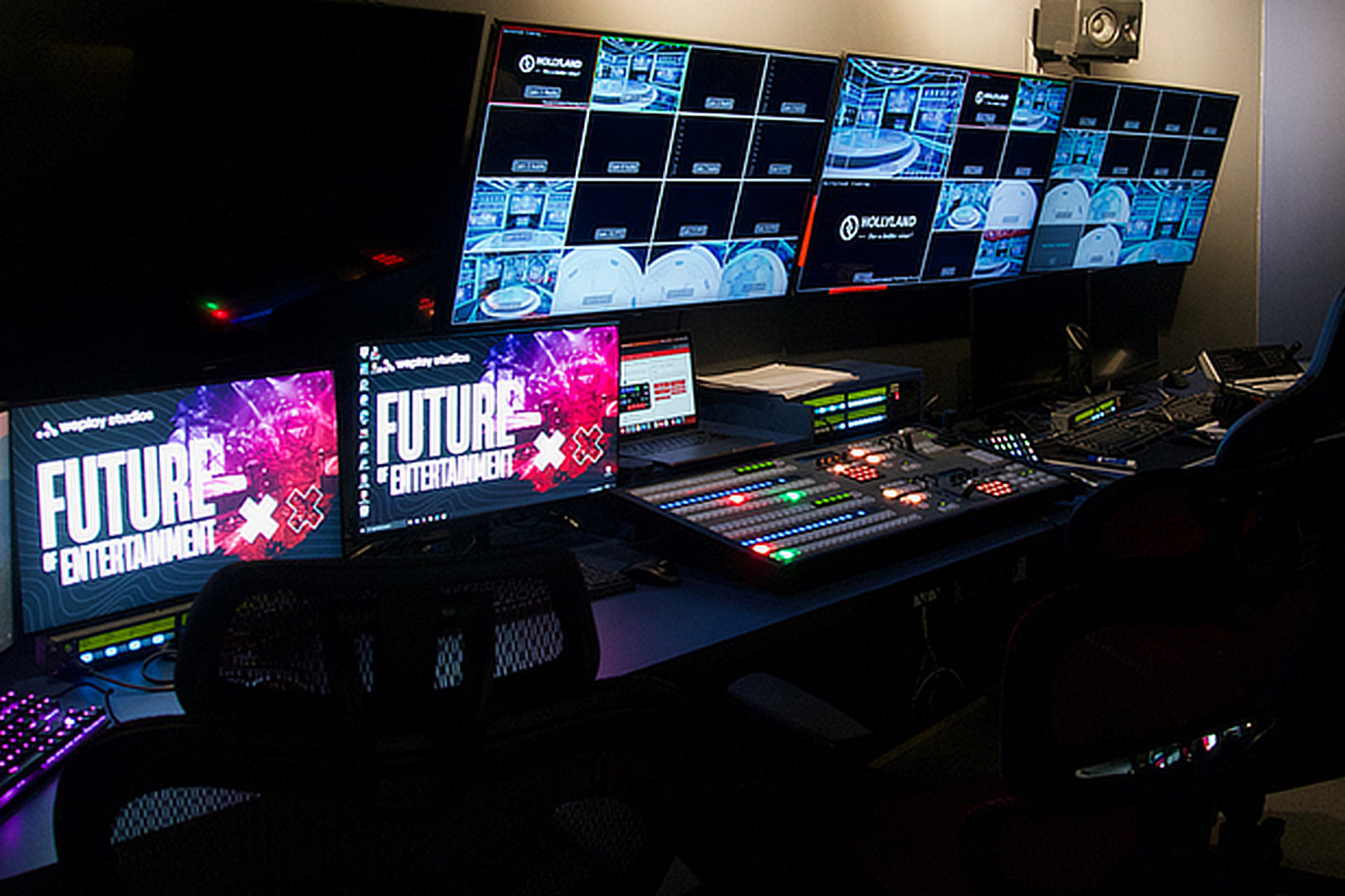Transforming Spectator Interaction Through Engaging Virtual Reality Experiences within Live Productions
Transforming Spectator Interaction Through Engaging Virtual Reality Experiences within Live Productions
Blog Article
In recent years, digital VR has become a potent tool for enhancing audience engagement in real-time performances. Such innovation enables audiences to submerge themselves in a 3D environment, creating a unique experience that traditional formats cannot easily duplicate. Through utilizing VR, creators can move viewers into the core of the performance, making them feel as if they are part of the show. This groundbreaking method not just enchants audiences but also unlocks new possibilities for narrative and engagement.
A of the primary advantages of employing VR in live productions is the ability to create a more engaging encounter. Viewers can interact with the show in the moment, influencing the outcome or exploring different perspectives. For instance, in a stage show, audiences using VR goggles can select to pursue particular roles or segments, enabling them to customize their experience. This level of interactivity fosters a deeper connection between the audience and the show, rendering it even unforgettable and significant.
Additionally, VR tools can enhance the sight and sound aspects of a real-time performance. Using top-notch visuals and audio engineering, creators can build breathtaking settings that draw viewers in. This immersive quality can raise the complete experience, making it more engaging and enjoyable. For example, a concert can be converted into a read more rich encounter, where audience members experience as if they are on stage with the performers. Such enhancements not only draw bigger viewers but also promote return attendance, as viewers look to re-experience the excitement.
In addition enhancing viewer involvement, VR can also offer insightful data for producers. By examining how audiences engage with the virtual environment, producers can collect information on viewer preferences and behaviors. This information can inform future productions, helping to tailor content to better meet the needs and wants of the viewers. As a consequence, VR not just enhances the current experience but also contributes to the evolution of live productions as a complete entity.
With the advancements continues to advance, the potential for VR in live performances is immense. Ranging from stage shows and musical events to sports events and festivals, the possibilities are limitless. Through adopting this cutting-edge approach, producers can revolutionize the way audiences experience real-time performances. As more producers investigate the incorporation of VR, it is probable that we will witness a change in how performances are designed and delivered, eventually resulting to a greater engaging and interactive prospect for live performances.